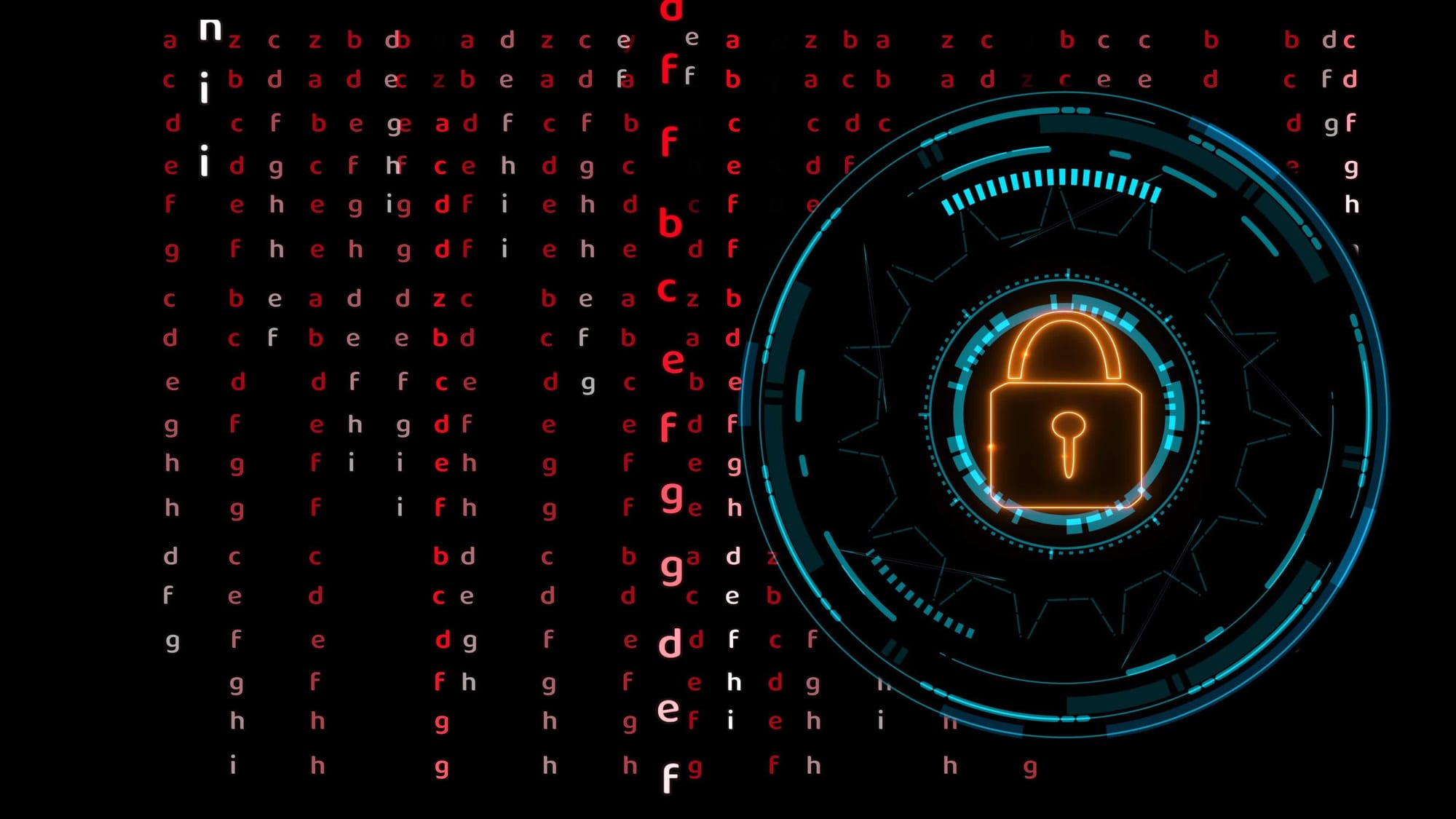The Vital Role of Privacy in Blockchain Technology

In the realm of public blockchains, privacy has become a cornerstone for safeguarding user autonomy against what some call "blockchain vultures" — entities that exploit the transparency inherent in blockchain systems. These vultures, from hackers to data analysts, can delve into public ledgers to extract sensitive information about users' transactions, financial health, and even personal identities.
The Paradox of Blockchain Transparency
When Bitcoin and blockchain technology was created in 2008, with the ethos of transparency and security, every transaction is recorded in a public ledger accessible to anyone globally. This transparency is what makes blockchain trustworthy, as it allows for the verification of transactions without the need for a central authority. However, this very feature also introduces significant privacy risks. Every move on the blockchain, like buying an item, donating to a cause, or even purchasing privacy itself, becomes public record, potentially laying bare one's financial life.
This issue isn't just theoretical; it has tangible repercussions. Consider the implications of a transaction linked to your identity being publicly visible. It could lead to targeted marketing, spam, or worse, if the wrong eyes are watching. This is where privacy coins come into play.
Pioneers in Privacy
Zano and Monero stand out in the cryptocurrency space for their commitment to privacy. Zano, built from the ground up with privacy in mind, offers untraceable transactions through a combination of ring signatures and stealth addresses, ensuring that neither the sender, receiver, nor the amount transacted is visible on the blockchain. Monero, similarly, uses sophisticated cryptography like ring signatures to obscure the origins, amounts, and destinations of transactions, making it a favorite among privacy advocates.
Zano further enhances its privacy proposition by allowing users to create their own privacy tokens with the same level of security as the native Zano coin. This feature opens up a new realm of possibilities for privacy in asset tokenization, where not only the transaction but also the asset itself can remain confidential. Monero, on the other hand, has been in the privacy game longer, with continuous improvements to its privacy features, making it a benchmark for privacy coins.
Navigating Privacy in the Blockchain Ecosystem
Implementing privacy in blockchain isn't without its challenges. Privacy coins like Zano and Monero often face increased scrutiny from regulators due to fears they might be used for illicit activities. This scrutiny can lead to delisting from exchanges or even bans in some jurisdictions. However, the technology behind these coins is designed to protect law-abiding users' privacy, not to facilitate crime. The balance between privacy and regulatory compliance becomes a delicate dance, where technological innovation meets legal boundaries.
For users, this means choosing platforms and cryptocurrencies that align with their privacy needs while being aware of the legal landscape. Education on how to use privacy coins effectively, understanding the trade-offs between privacy and transaction speed or complexity, is crucial. Users must also keep abreast of regulatory changes that could impact how privacy coins are used or even their legal status.
As blockchain technology continues to evolve, the role of privacy becomes increasingly critical. Privacy coins like Zano and Monero are not just tools for the tech-savvy or those with something to hide; they are essential for anyone who values their financial privacy in an increasingly transparent digital world. The challenge lies not just in developing these technologies but in ensuring they are accessible, legally compliant, and part of the broader conversation on digital rights and privacy. Through thoughtful adoption and continuous innovation, privacy in blockchain can be both a shield and a standard, protecting users while upholding the principles of decentralization and freedom that blockchain represents.

